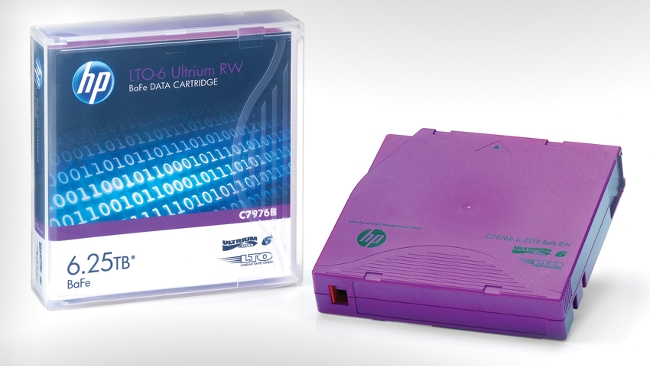
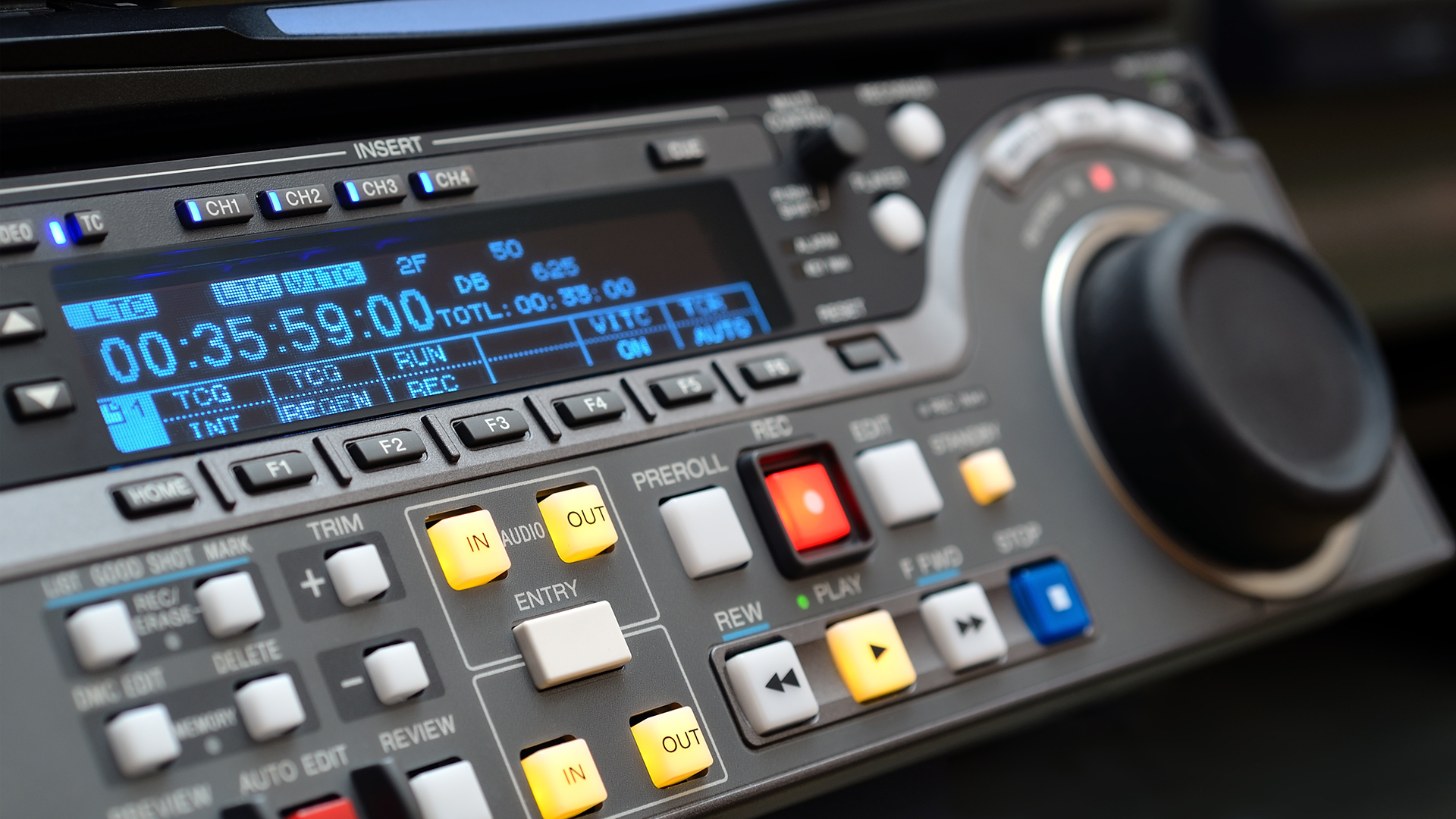
Dead is an overused word. But in the case of tape, it really has gone to meet its maker. It has shuffled off its mortal coil. It is an ex-acquisition medium.
Traditionally, technology only died if you put the batteries in back to front or dropped it in the bath, but in 2019 it’s apparently quite reasonable to claim that a certain new release is going to kill another piece of technology like a particularly proficient hitman. It’s rarely true. Taking cameras as an example, models almost a decade old are now more than good enough to satisfy the average cinema audience. The Sony F3 isn’t dead, it’s just working out its retirement shooting YouTube videos.
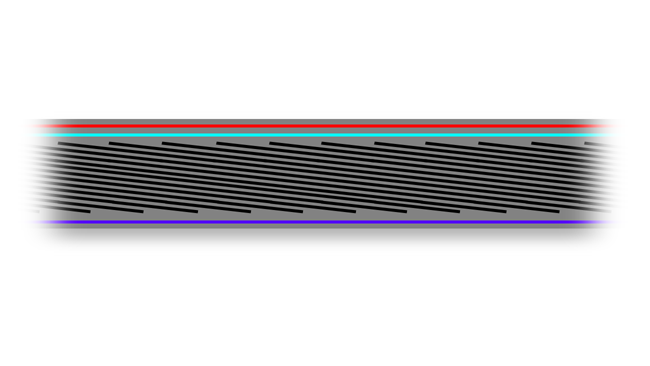
Each black stripe represents a track. This is VHS, but it would look similar for many other half-inch tape formats
Unusually, though, something actually is dead right now: helically scanned tape. There are lots of videotape decks still in use, of course, and there are a lot of Betacam SP tapes in the world which will probably need to be read at some point. Some of the broadcast equipment manufacturers will likely throw together one of the later models of high-definition tape deck on special order, but we are, essentially, at a juncture in history. Helical scan magnetic storage was a major player in data storage for half a century or more, but it is now a purely historic thing.
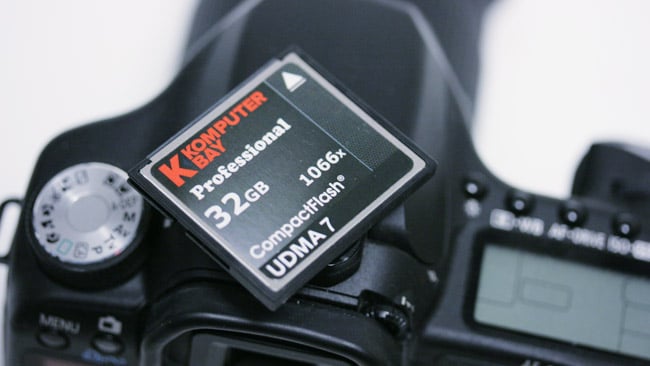
People often say a technology is dead, and it's rarely true. It is in terms of tape, though, and flash killed it
Described simply, the idea of spinning some magnetic coils around while they’re (almost) in contact with a piece of recording tape sounds like the sort of thing that would be rejected as a design concept because it’s too complicated, too expensive to build, too likely to fail. Anyone who’s had a VHS tape deck (or worse, a DAT recorder) mangle a tape will understand just how good a job those spinning heads can do on a bit of rusty plastic. Spinning heads are a crazy design, but that design created the concept of video recording. It created home video, which (for better or worse) greatly influences the state of the film and television industry.
As we might expect, there was a significant amount of engineering force majeure behind the selection of that crazy design. Audio recordings can use straightforward designs where the tape is pulled past the record head at a constant rate, because the information is, for want of a better term, slow. The best audiotape formats could handle 15,000 or 20,000 changes per second. VHS, which is a low-performance video format, needed to handle three million. It’s possible to solve that problem by moving the tape faster, but to equal the speed of a VHS head rotating past the tape, the tape would have to move (for NTSC machines) at more than six and a half metres per second. That’s why LTO data tape decks make a fair bit of noise: they avoid helical scan for reliability reasons but to achieve reasonable performance, the mechanics have to move really fast, even though there is an array of several heads across the width of the tape.
A history lesson
Helical scan dates back to the early 1950s, particularly to the work of Dr Norikazu Sawazaki in Japan and Eduard Schüller in Germany. The first commercially available system was Quadruplex, developed by Ampex in 1956, which used 2 inch tape. Some sources suggest that 2-inch quad wasn’t quite helical scan, preferring the term quadrature scanning, but the intent is the same – get the tape-to-head speed up to a workable level. As the name suggests, the rotating head drum contains four heads which passed over the tape up to 20 times per frame, creating magnetic tracks that were much closer to the vertical, at 89.5 degrees, than was normal in later designs.
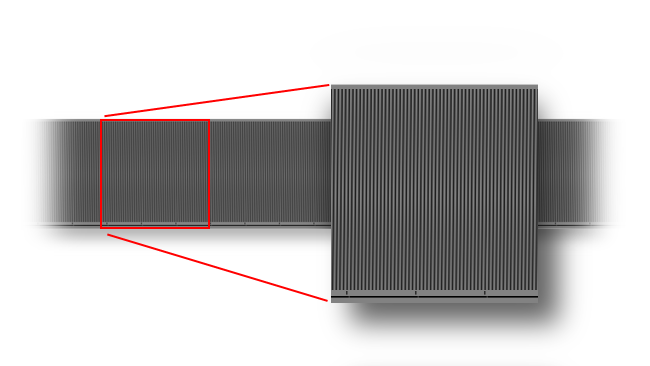
This is approximately correct for a PAL Quadruplex recording, showing twenty tracks per frame, the intermittent dashes of the control track, and the audio track at the very bottom
It worked, but it was very visibly a twitchy, thoroughbred device, requiring a supply of compressed air for pneumatic bearings in the rotating head assembly, which rotated at 15,000rpm in PAL machines. The open reels, a foot in diameter and naturally a bit more than two inches thick, could hold about an hour of material, so it’s a good thing that broadcasters of the 1950s and 1960s tended to show feature films direct from film with a telecine. Quad was also incapable of producing pictures in anything other than normal forward play mode since the heads couldn’t possibly access all of the 20 tracks per frame when the tape was stationary. Finally, editing was, by modern standards, farcical. It relied on the tape being painted with a ferrofluid which would make the tracks visible, cut at precisely the right point (only once every 16 or 20 tracks, remember) then wiped clean and taped together.
Clearly, something better was required and that better thing came in the form of the 1in C format, which was much more like a modern videocassette system. Until this point, all videotapes recorded composite video and this was fairly normal until the vastly superior Betacam SP (it stands for “superior performance”) started to take over in the mid-80s. Fundamentally, the same basic recording technology was used as things went to digital.
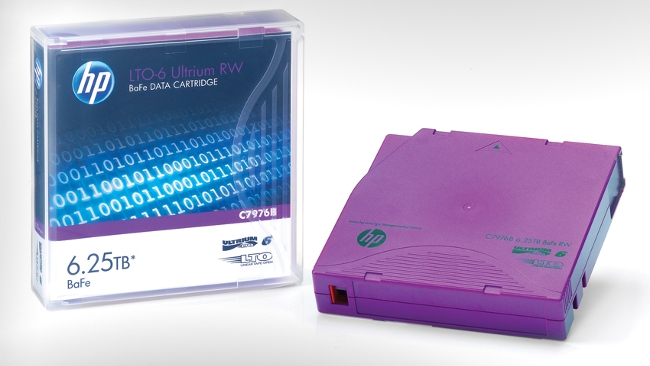
Linear data tape formats avoid spinning heads so as to minimise risk of tape damage. The tracks here would just look like stripes down the tape
The fact that tape deck engineering is reasonably easy to repurpose is illustrated by the existence of formats like Digital 8, which used a Hi8 mechanism to record 25-megabit DV pictures. Things like MPEG IMX, part of the Betacam range, is another example. Digital doesn’t make the speed requirements go away, although it probably does make freeze frame easier as the frame is inevitably being rebuilt in memory. Helical scan tape in both half and quarter -inch guises was used all the way up to the point that Sony decided that HDCAM-SR was no longer worth manufacturing in 2016.
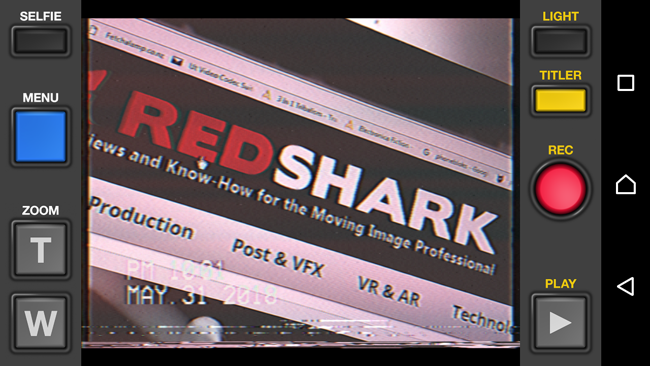
VHS is now old enough to have passed through obsolete and reached nostalgic
For once, it’s reasonable to say that something is dead. Helical scan is dead. Flash killed it, but we should probably separate the technology from the things it did for us. We are good at building tape decks, to the point that Sony’s Betacam SP mechanisms for things like the seminal BVW-300 camera were a neat, plug-in unit, and that makes it easy to miss just how complicated and precise a thing it is. The reality is that helical scan was always an engineering workaround, a kludge, which was expensive, unreliable, bulky, fragile and power-hungry. Most people won’t have used it for years. Even so, it’s the sort of technology which was sufficiently widespread to show up in the ancient history of the far future for the sheer impact it had on humanity, and that seemed worth a mention.
Tags: Technology



Comments